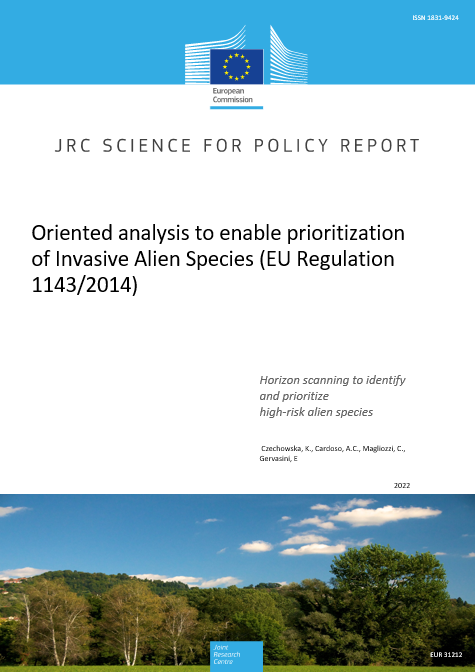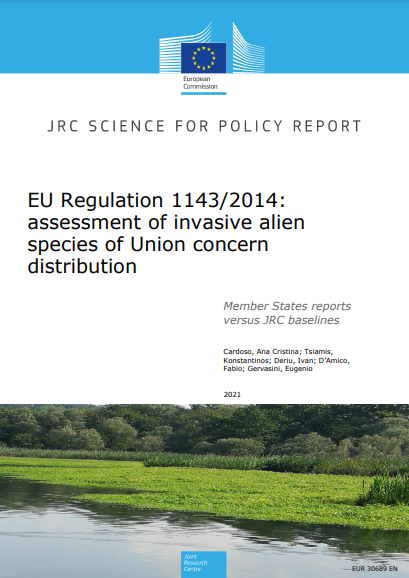
Fostering transnational collaboration in IAS management to combat invasive alien species
The management of Invasive Alien Species (IAS) is a complex, multi-jurisdictional challenge, with prevention being the most cost-effective strategy against their negative impacts on biodiversity. The "MIAS" study aimed to enhance transnational collaboration in IAS management among EU Member States through a three-phase approach: identifying existing projects, exploring role players' perspectives, and facilitating discussions on challenges and opportunities. The study found that language barriers and limited public access to outcomes hindered the reach of competent authorities in Phase 1. Phase 2 revealed that while there is awareness of transnational collaboration, it is primarily at the academic level, with competent authorities often engaged later in the process. Phase 3 workshops confirmed gaps in protocols and action plans, and the report concludes with recommendations to leverage identified opportunities for improved IAS management
Magliozzi M, Lucrezi S, Oficialdegui FJ, Melone B, Gervasini E, Cardoso AC.
Fostering transnational collaboration in IAS management to combat invasive alien species.
Publications Office of the European Union, Luxembourg, 2024, doi:10.2760/71881



